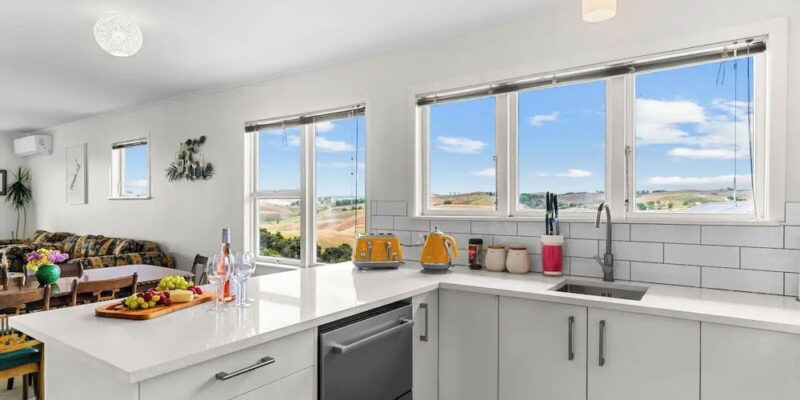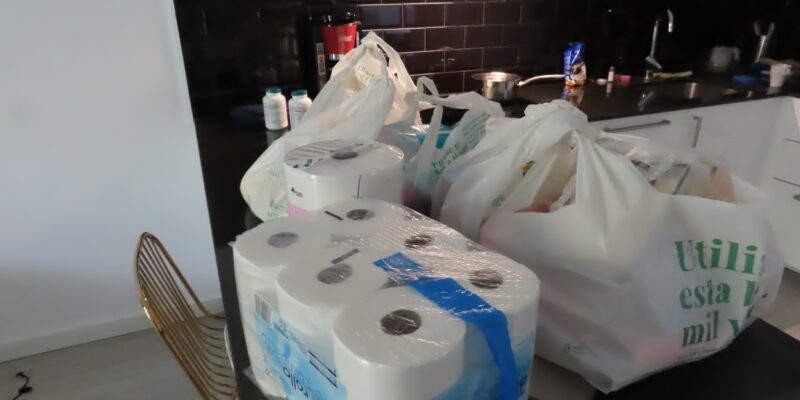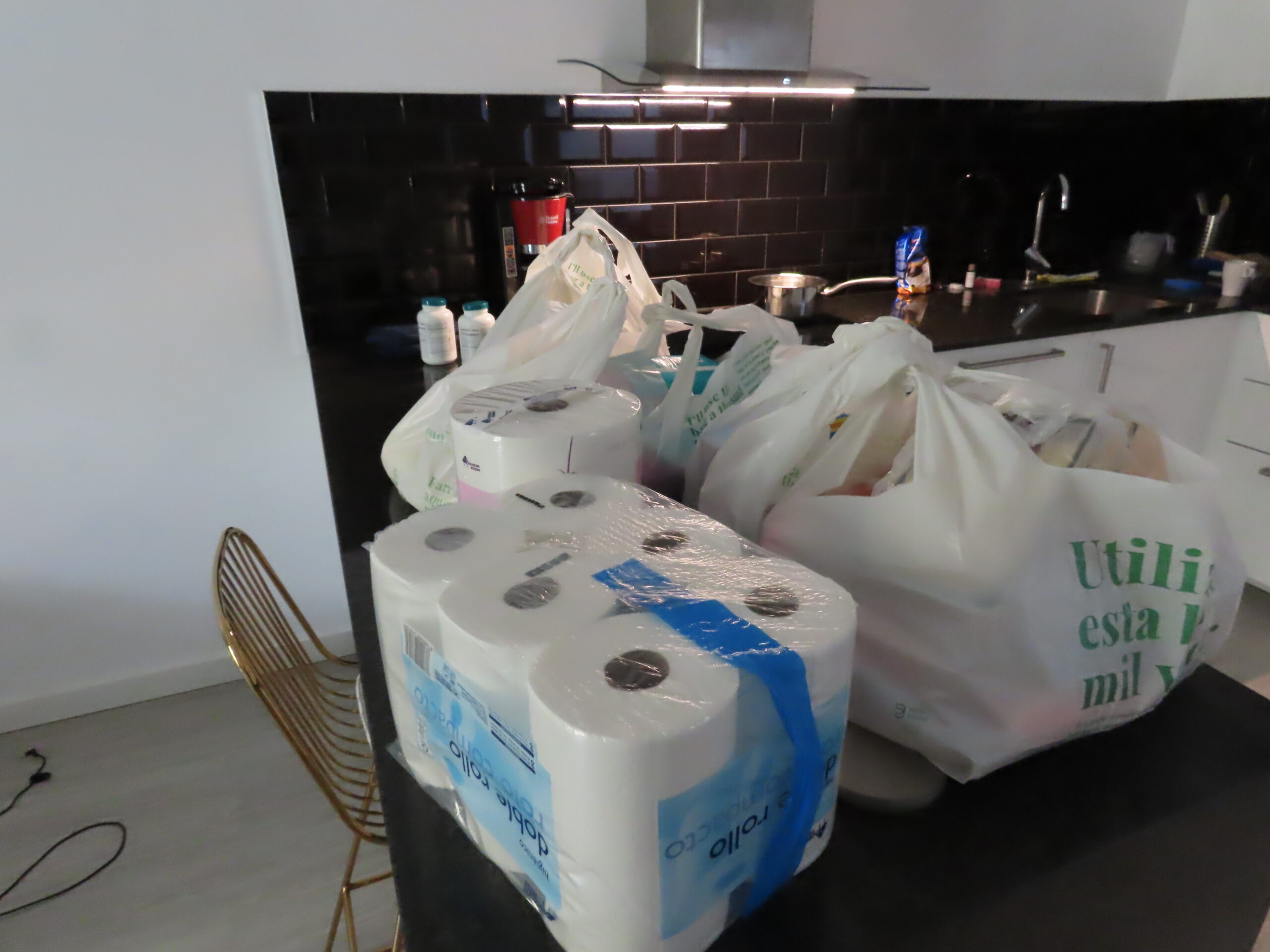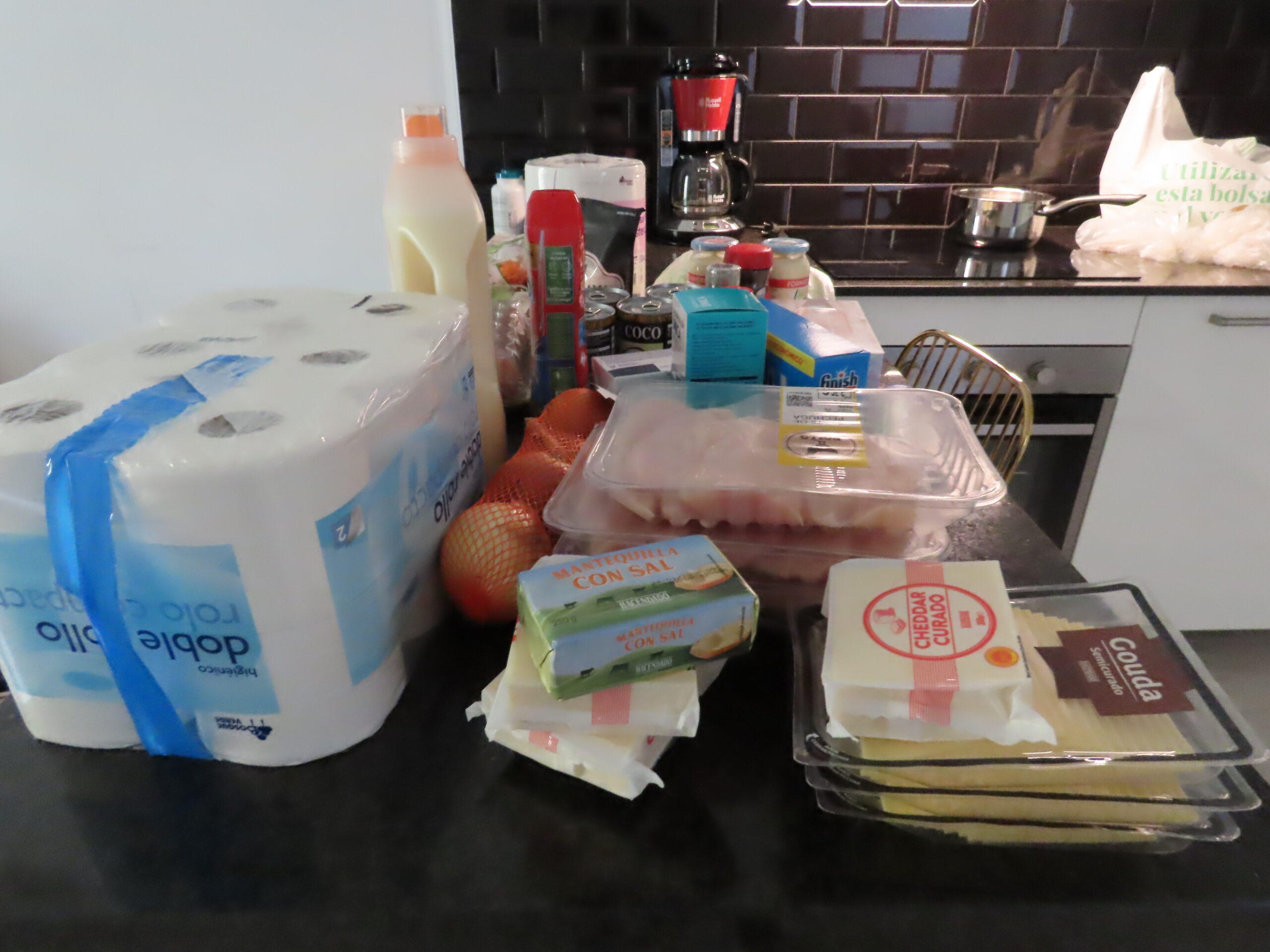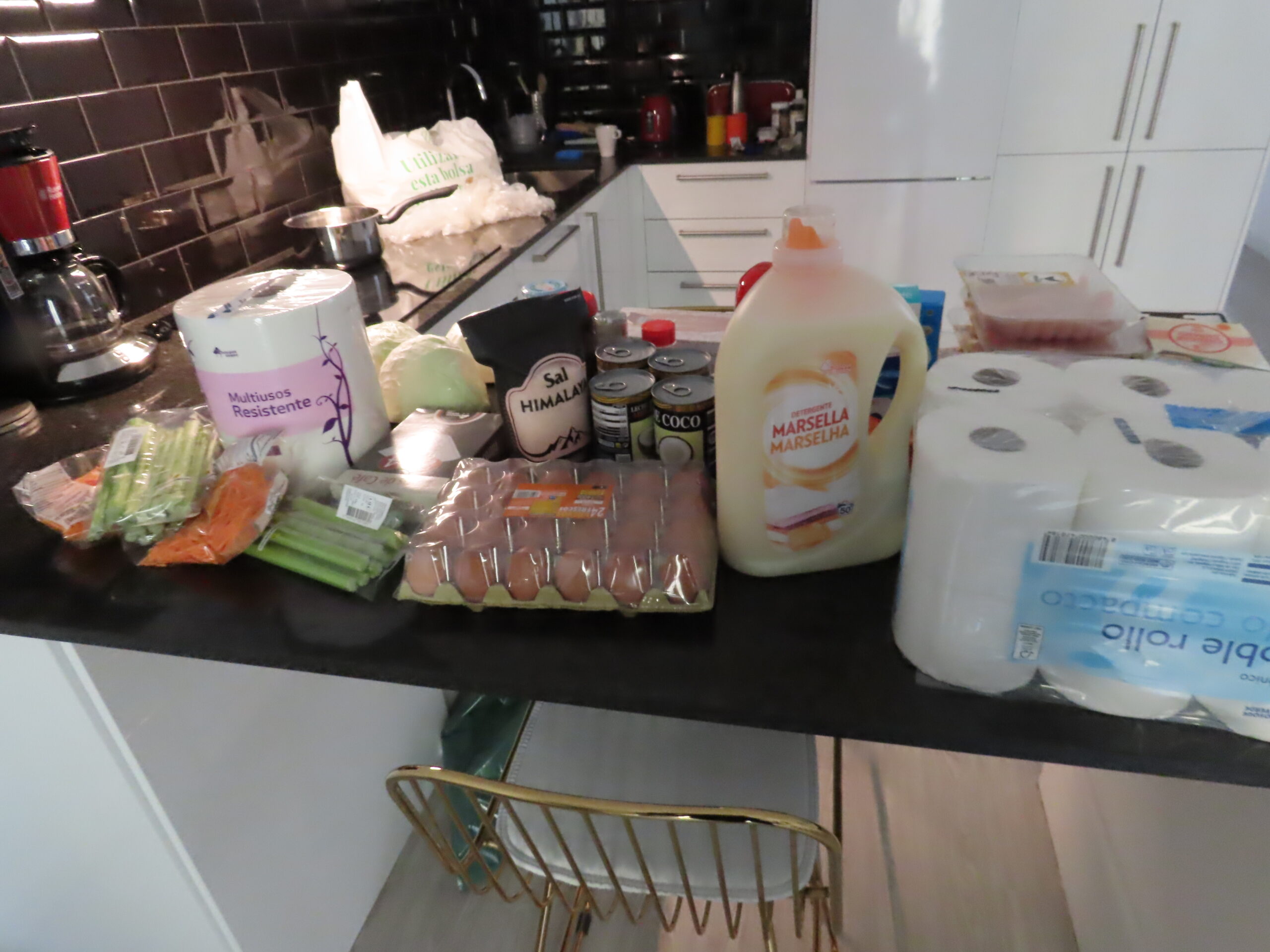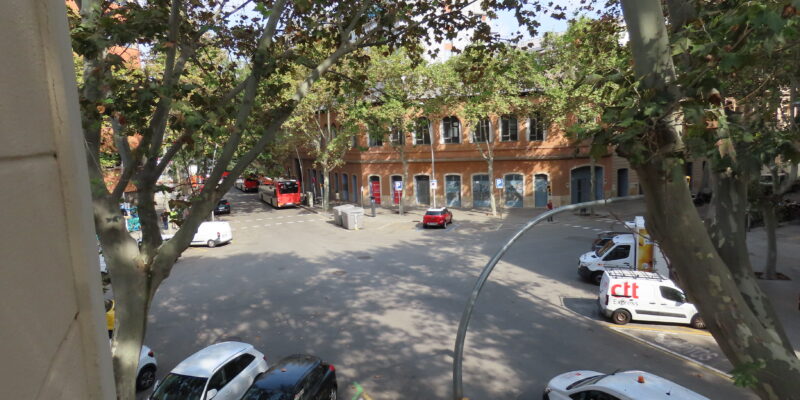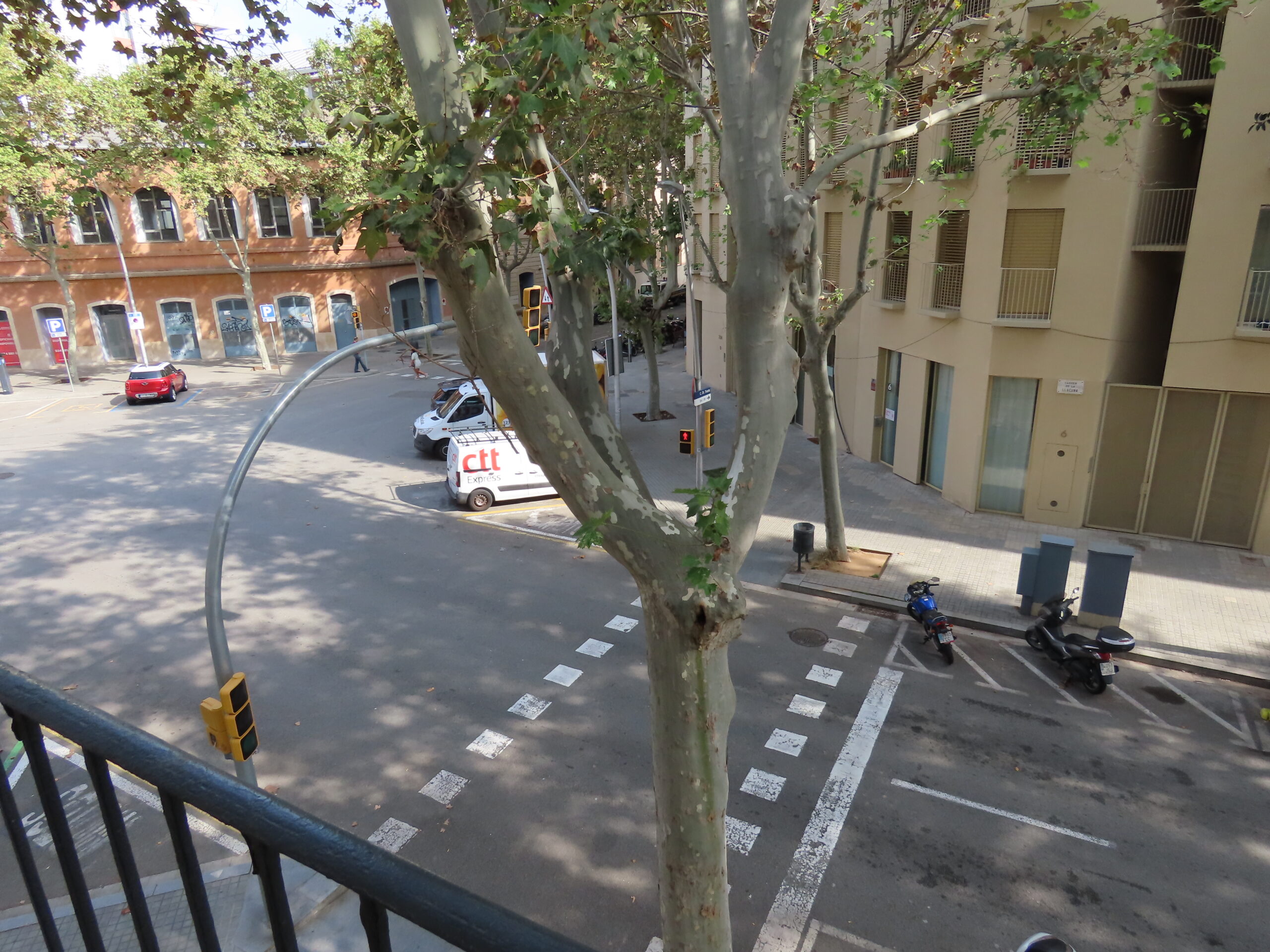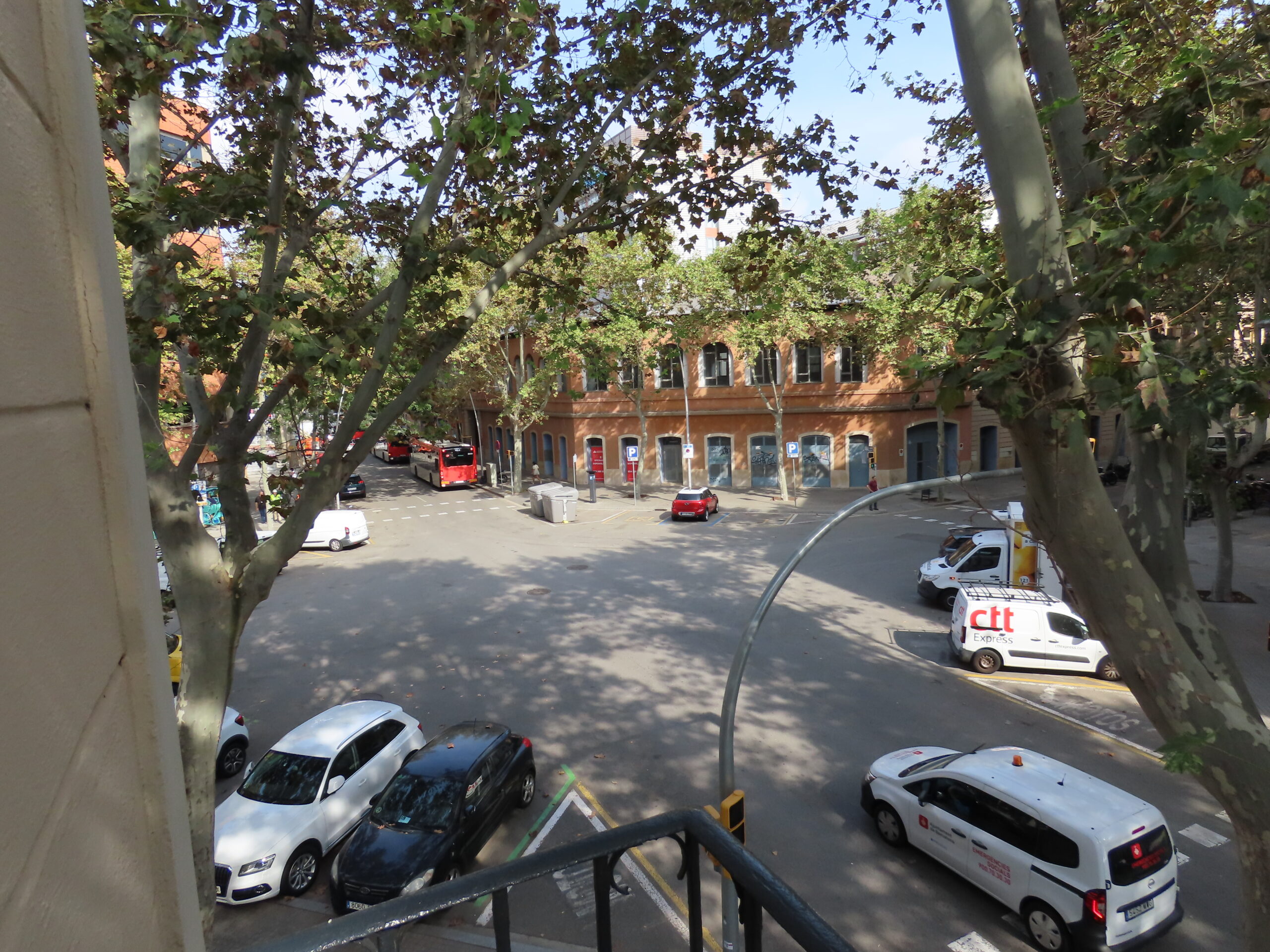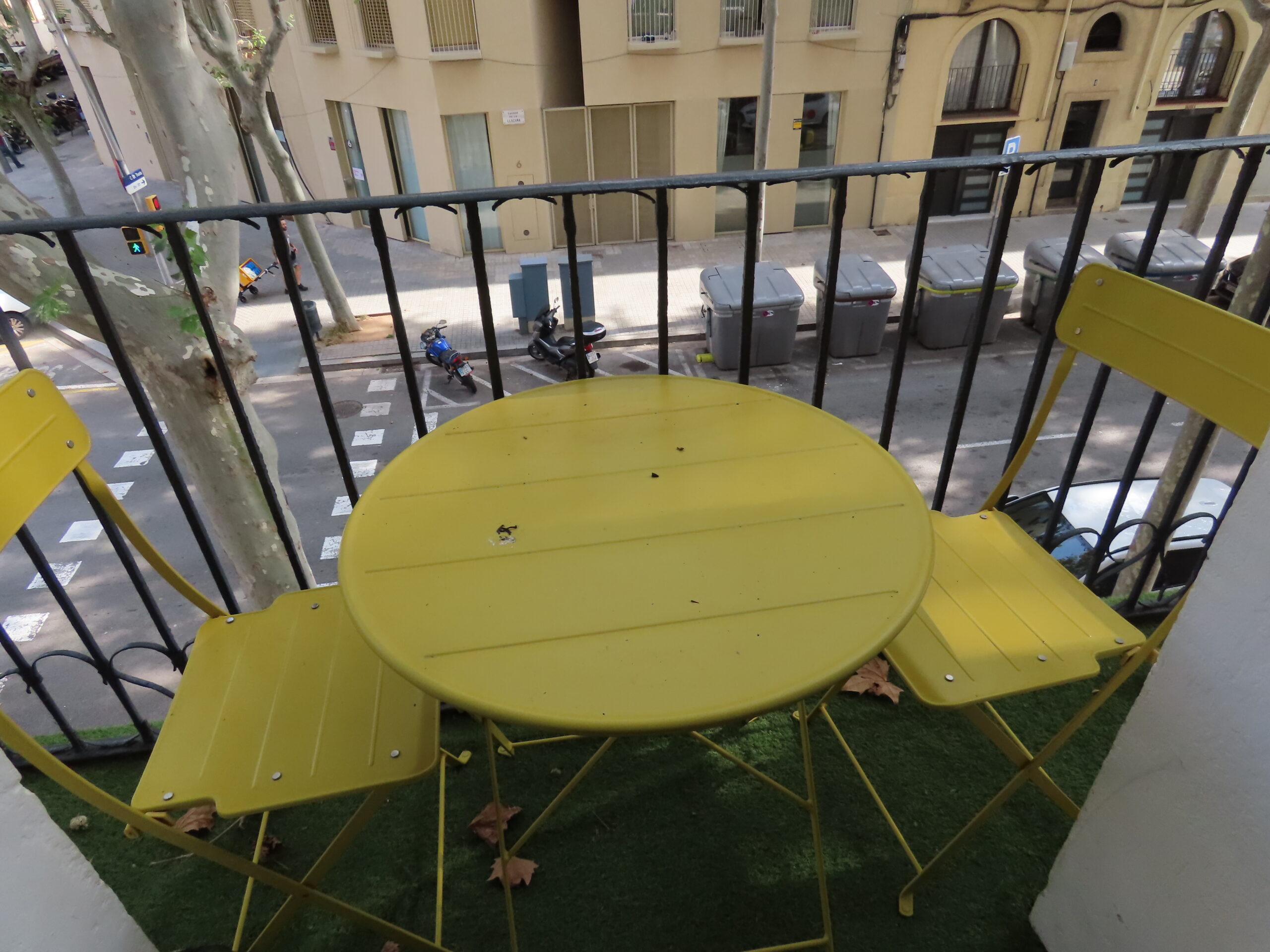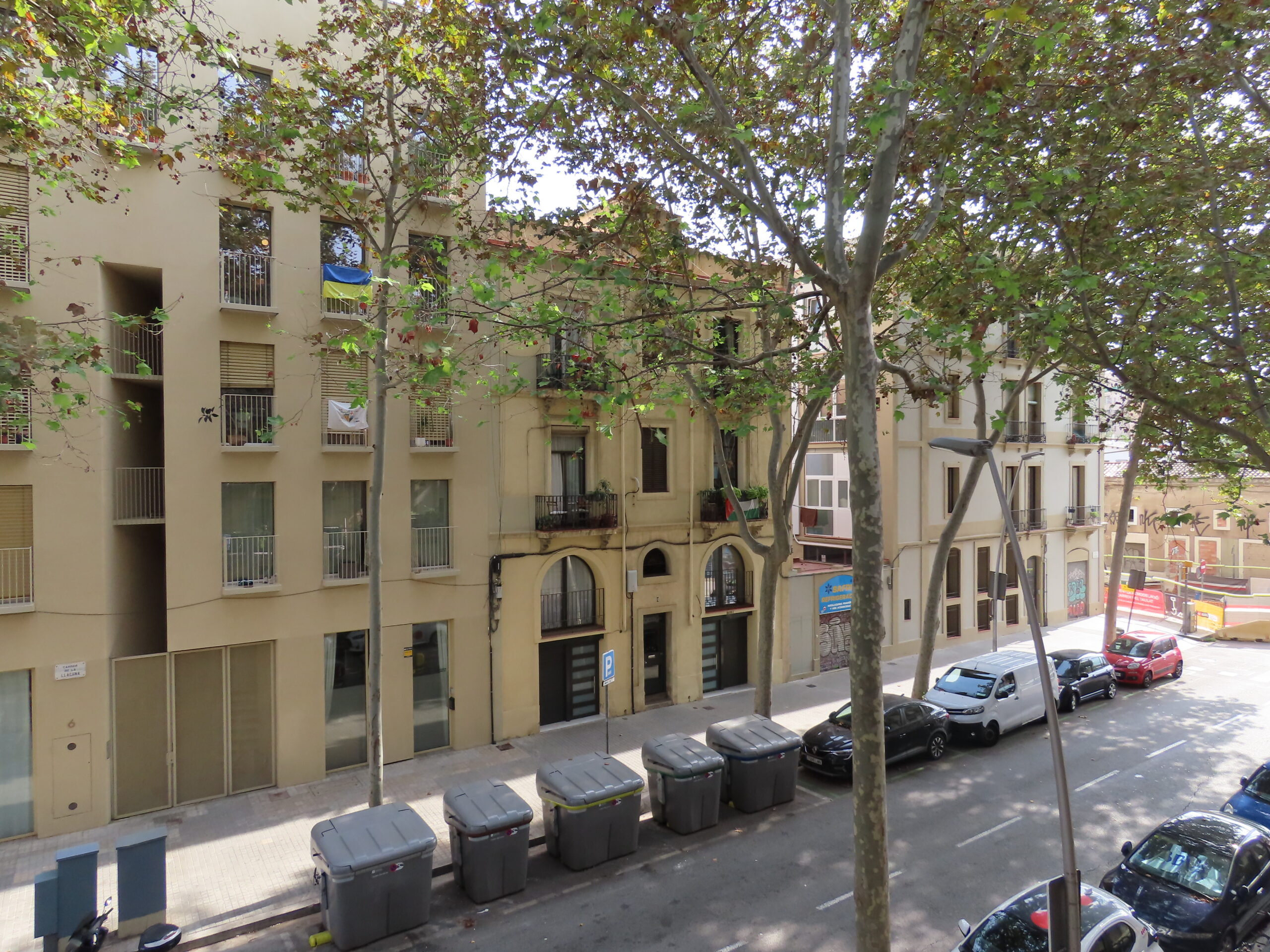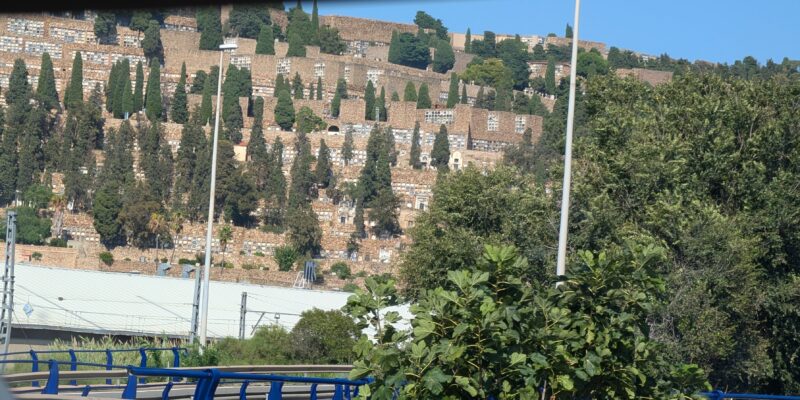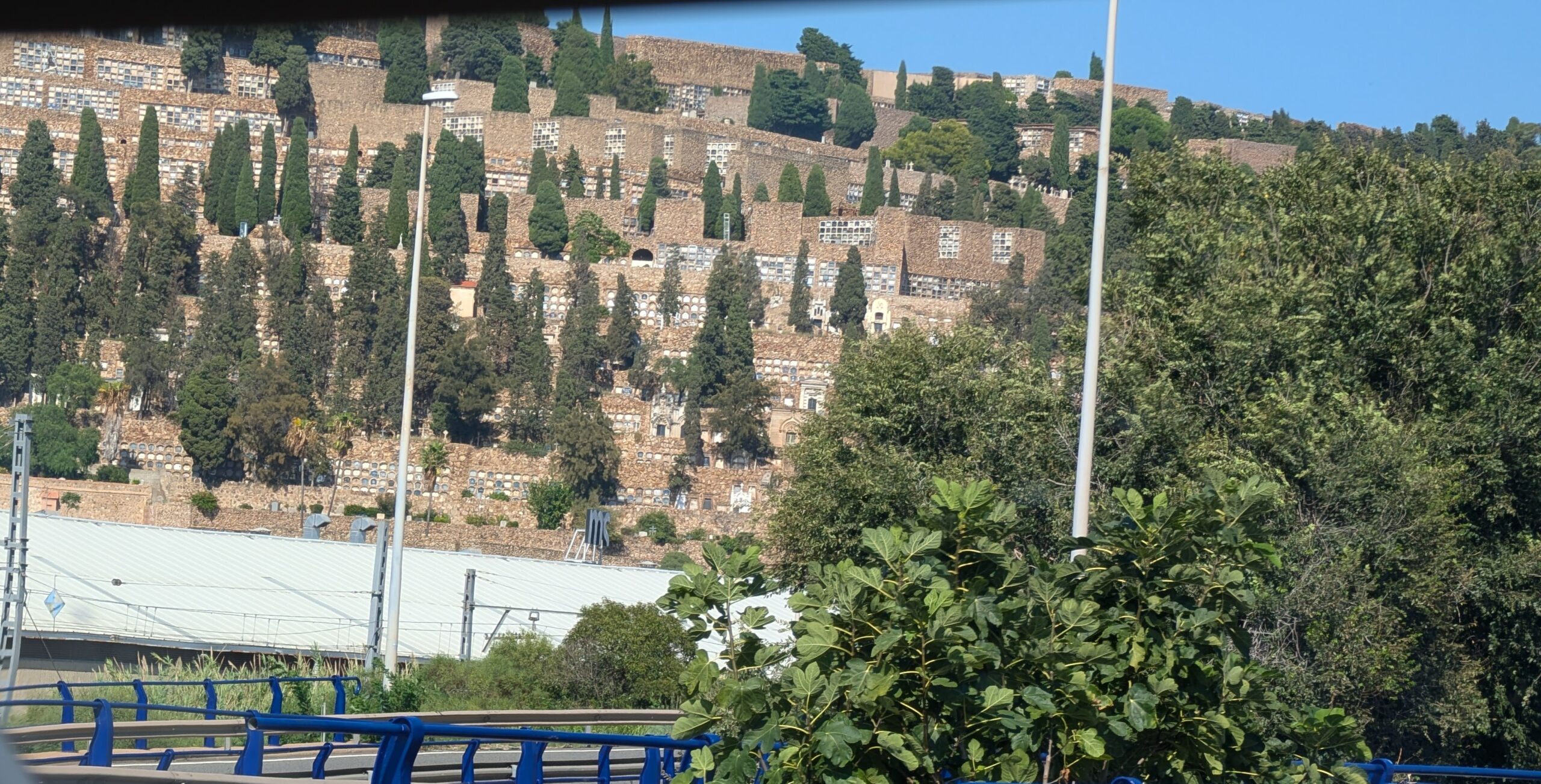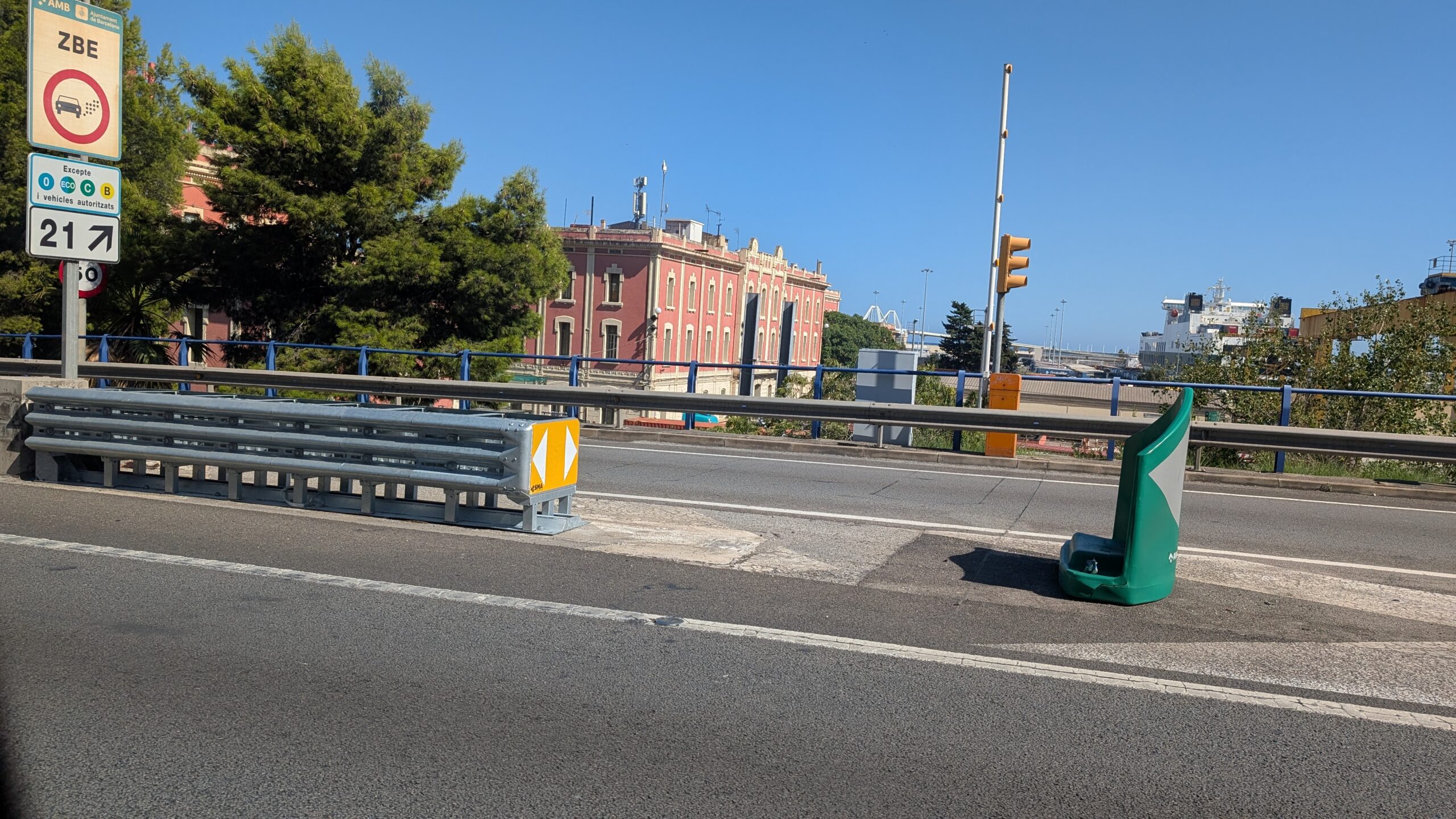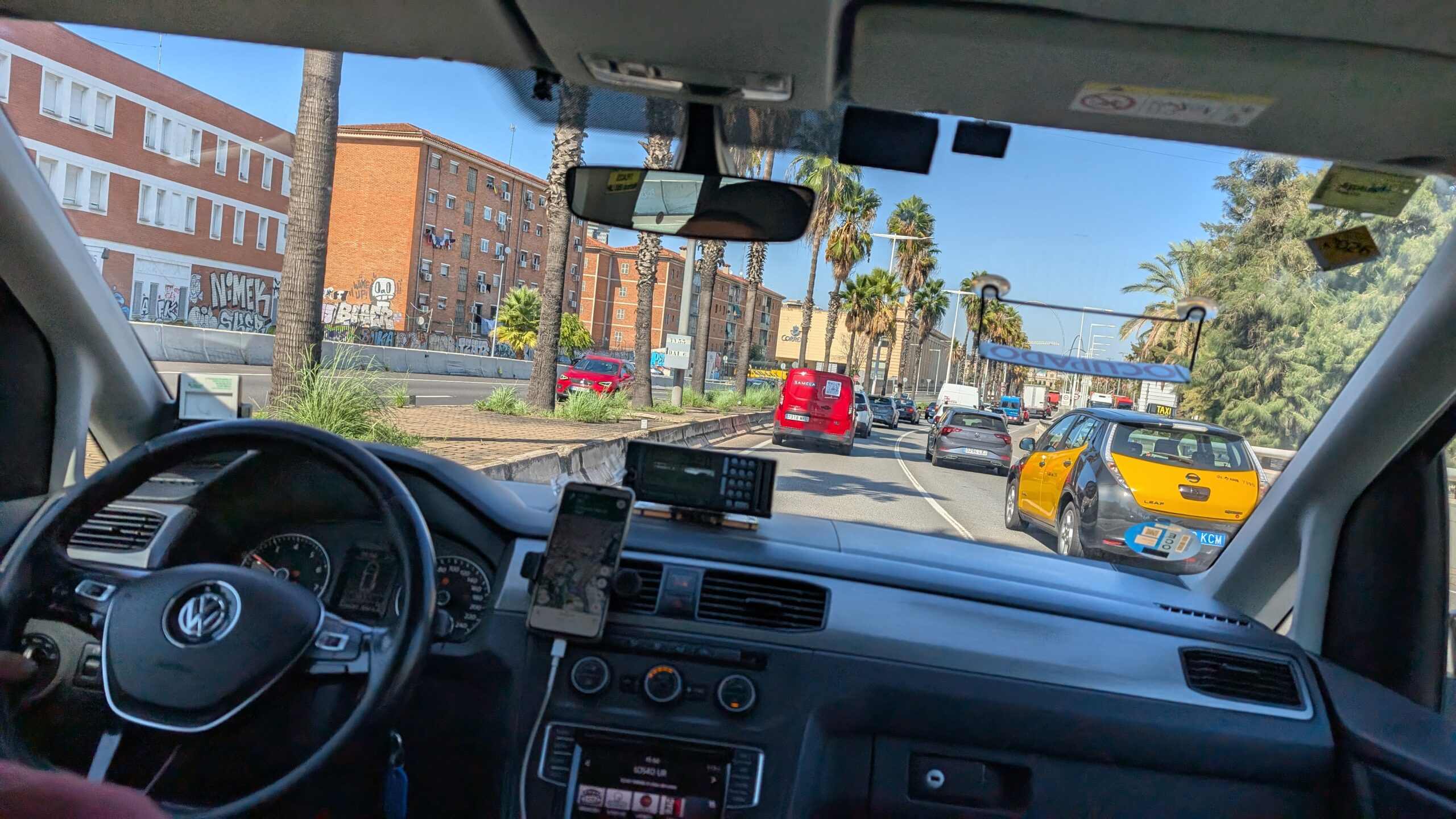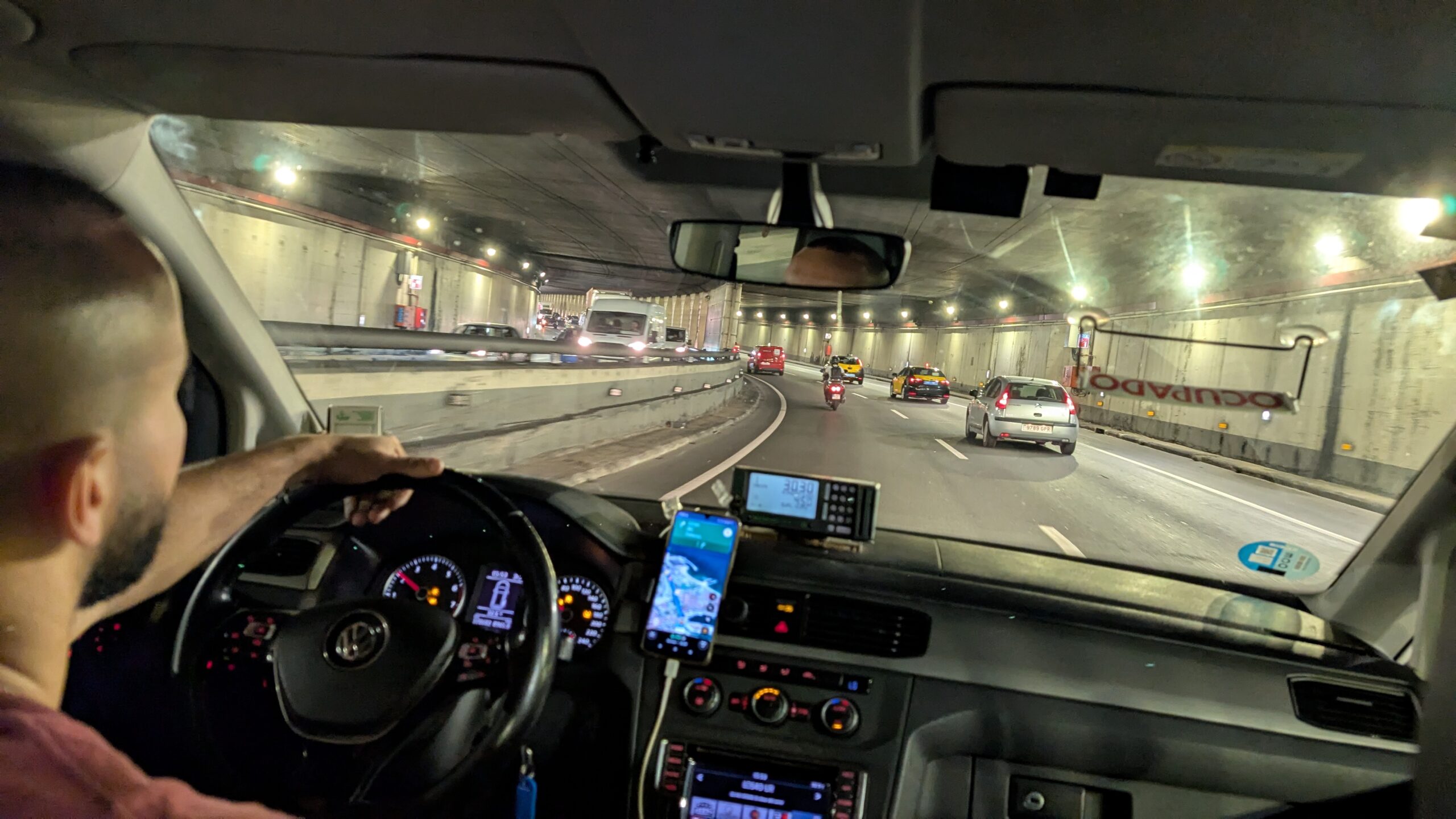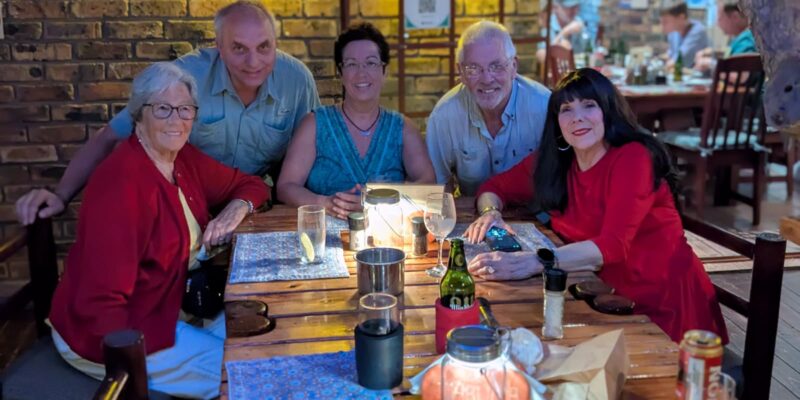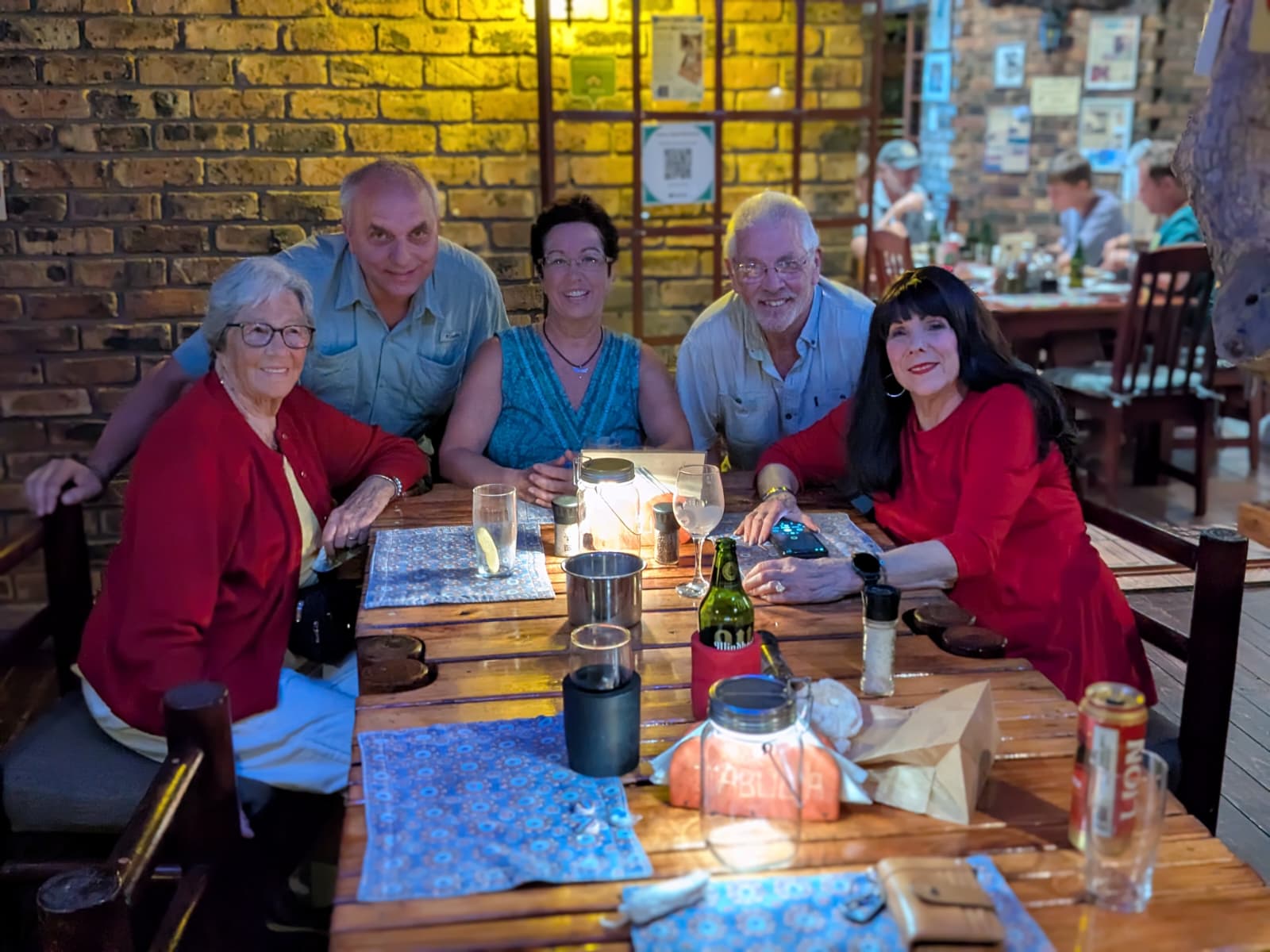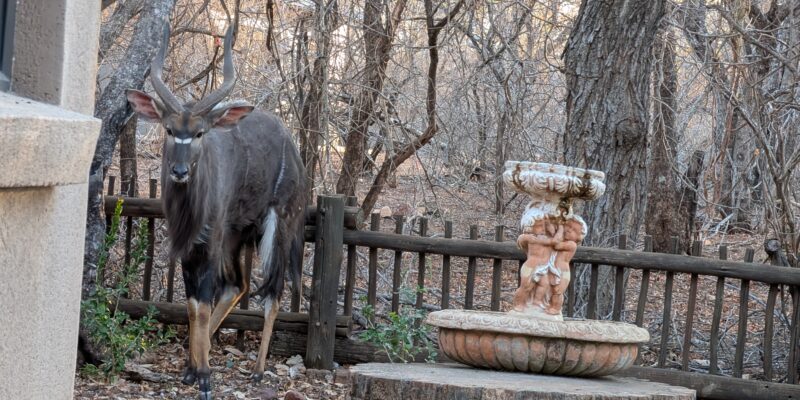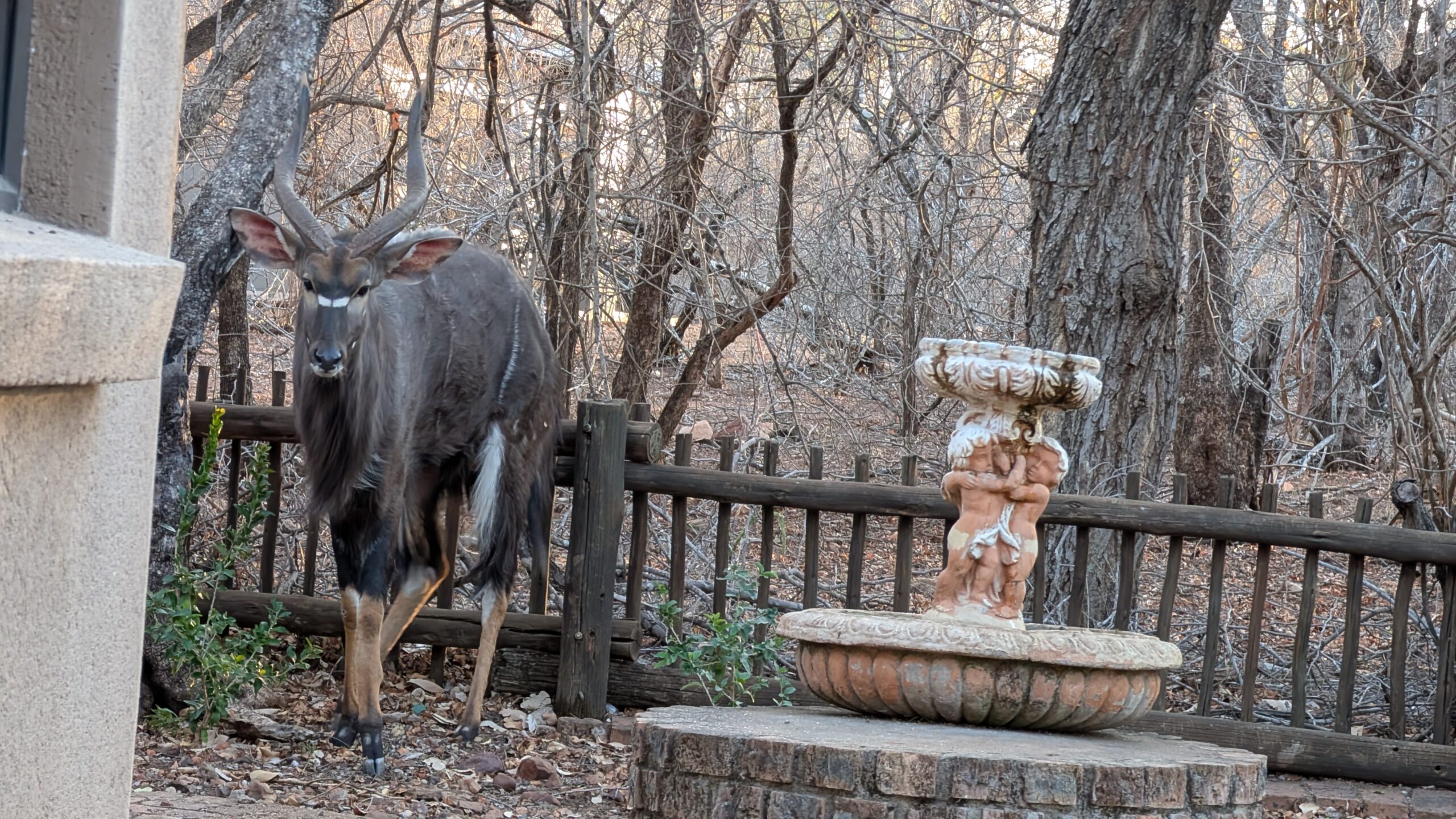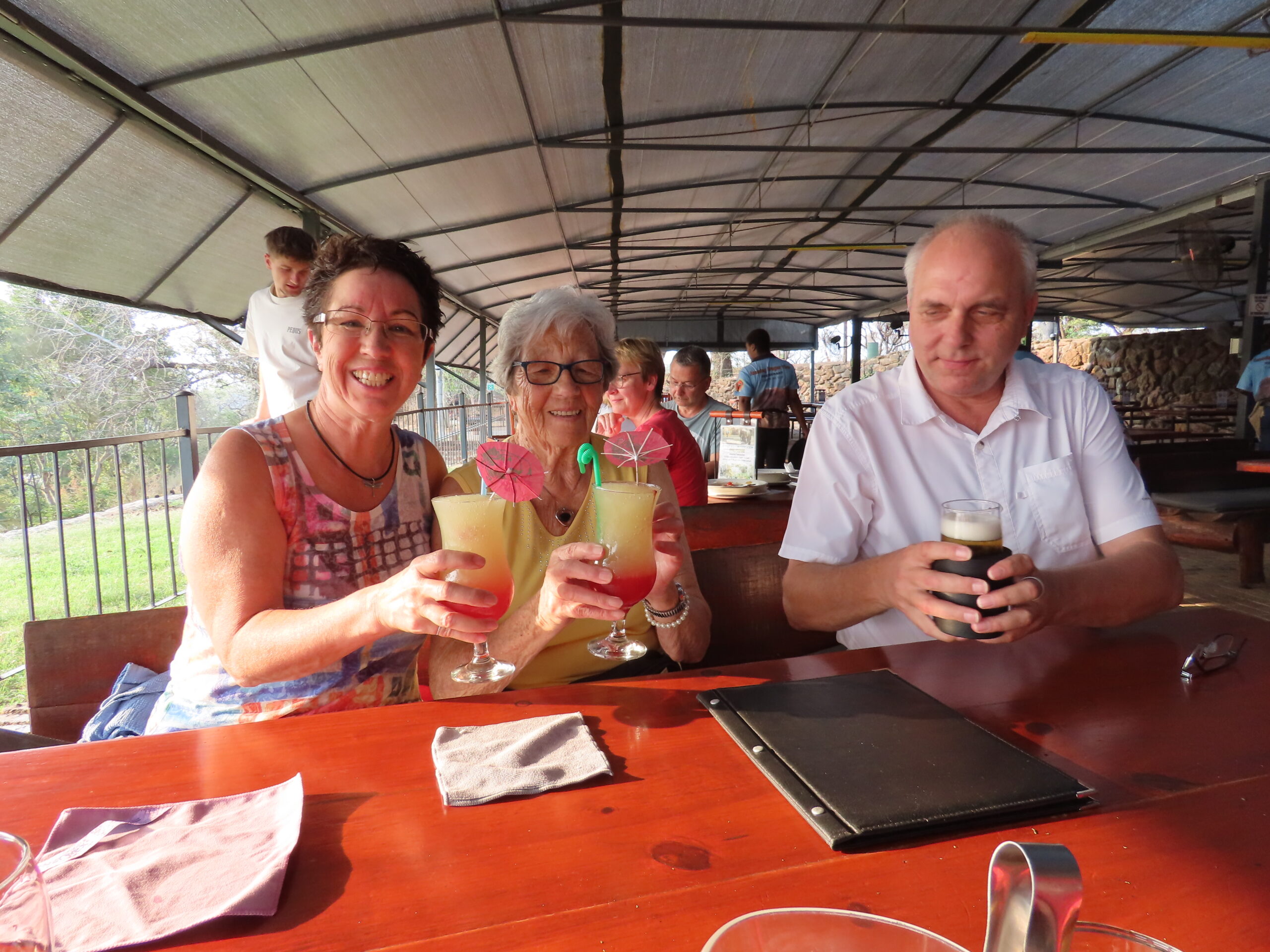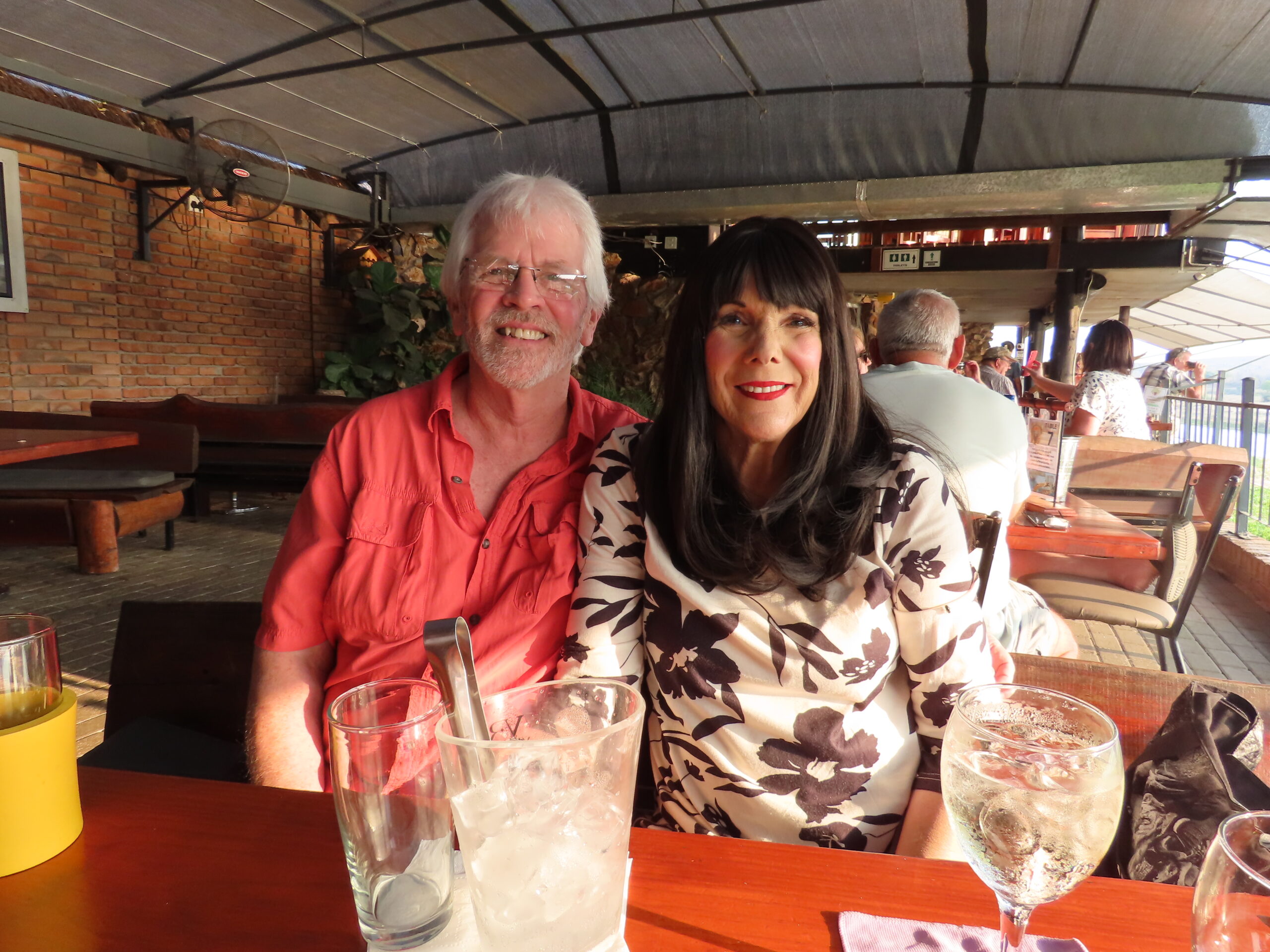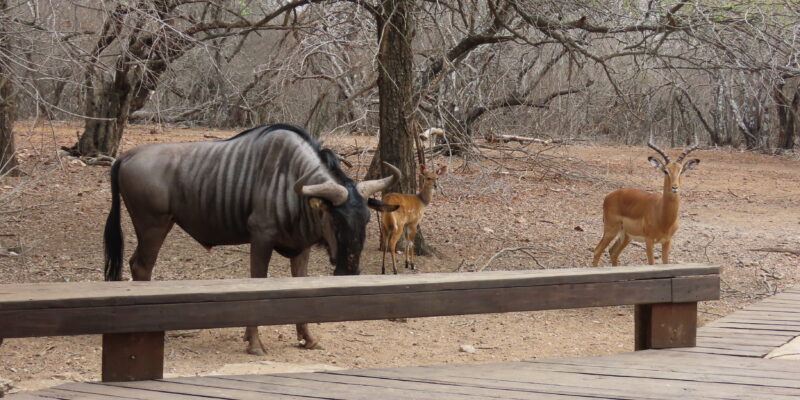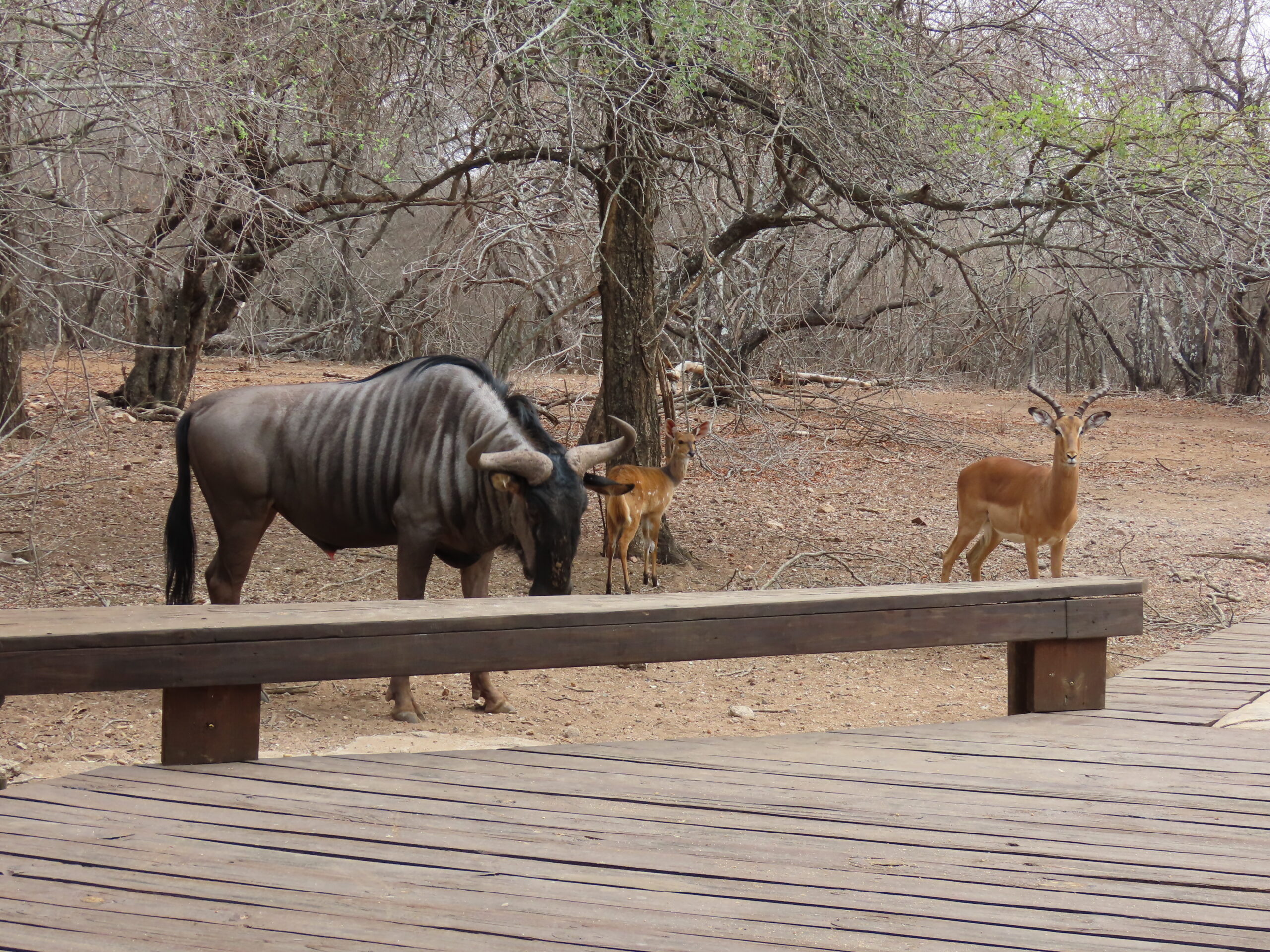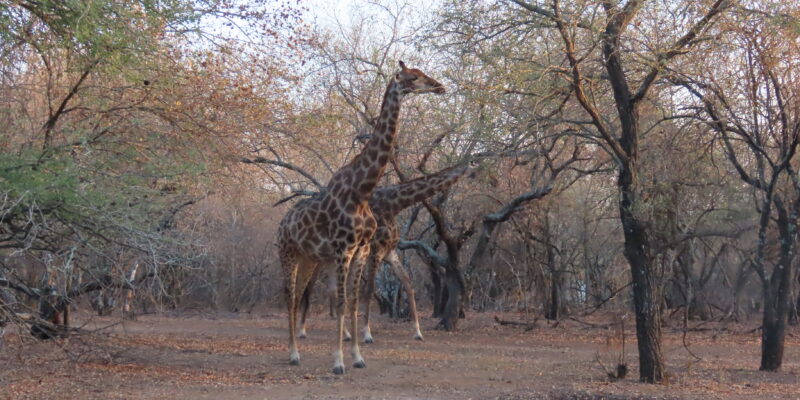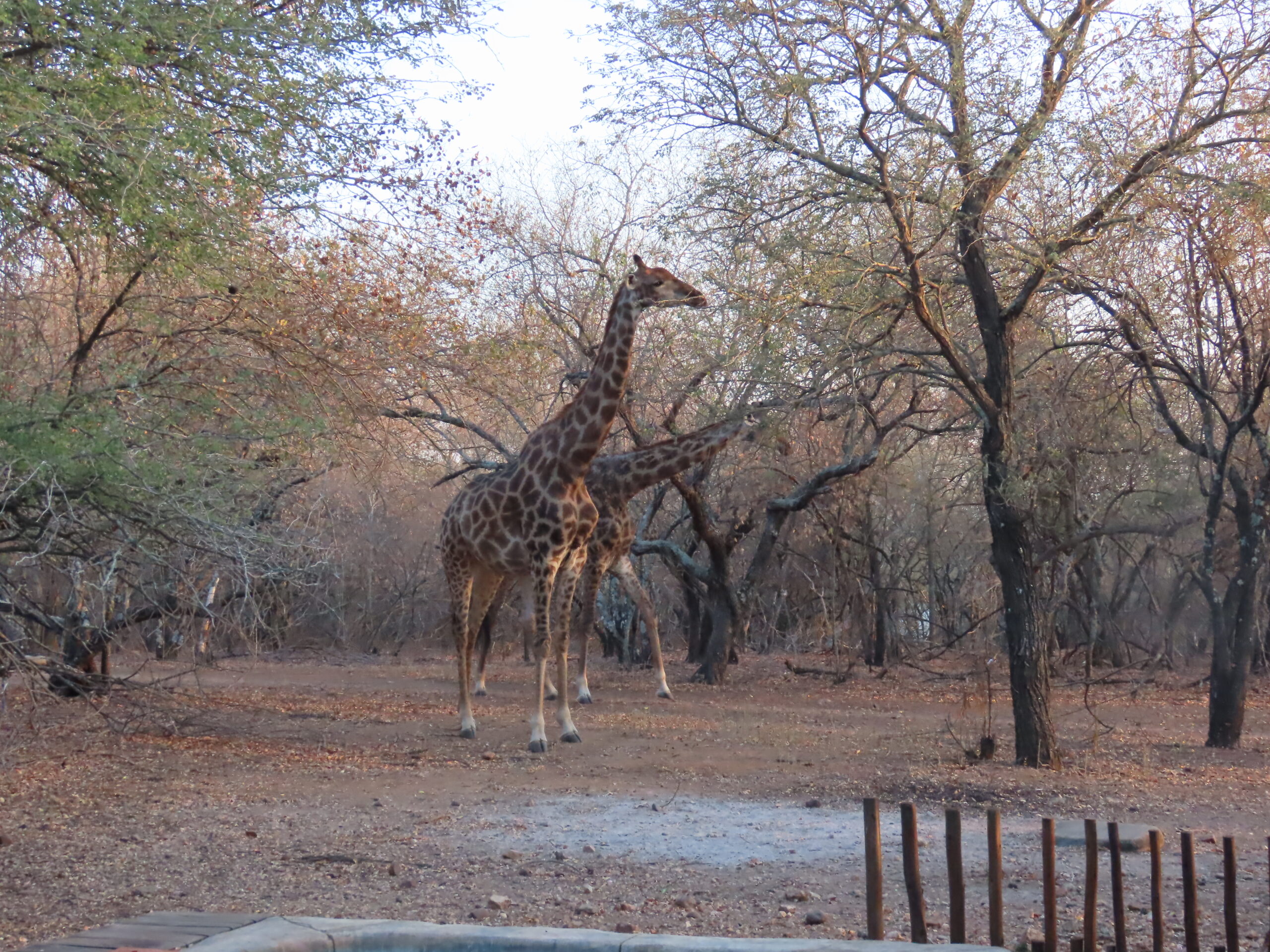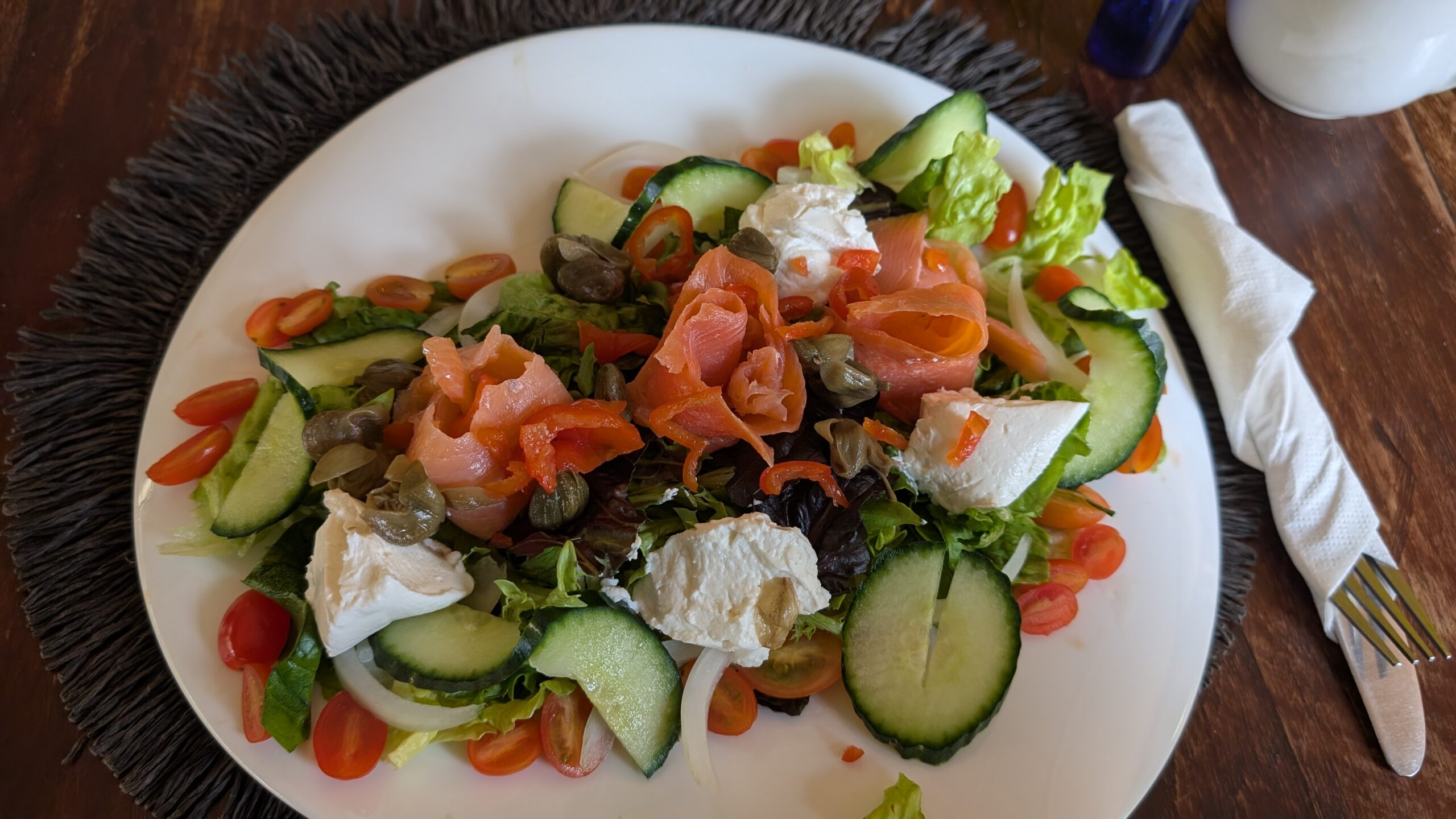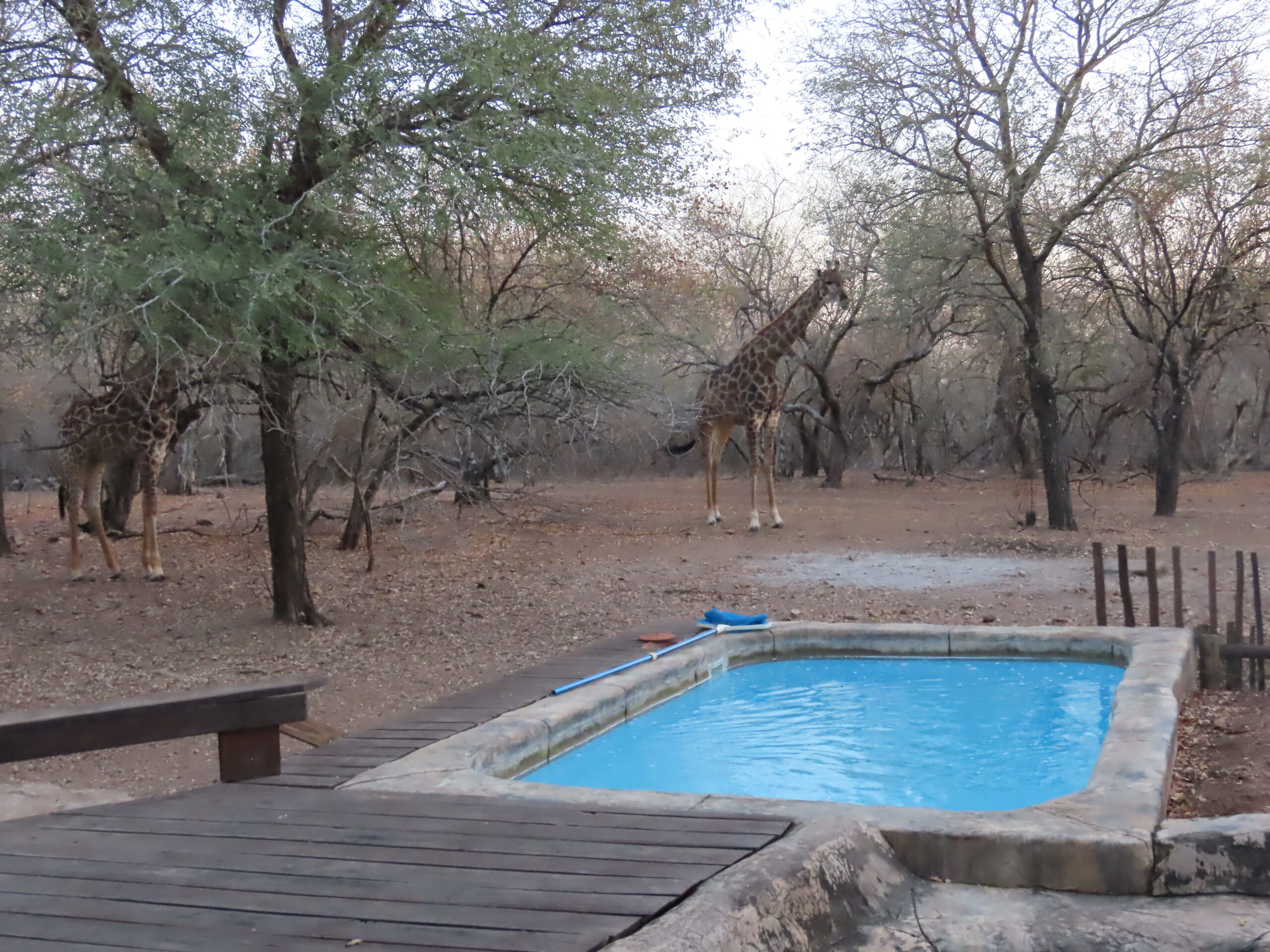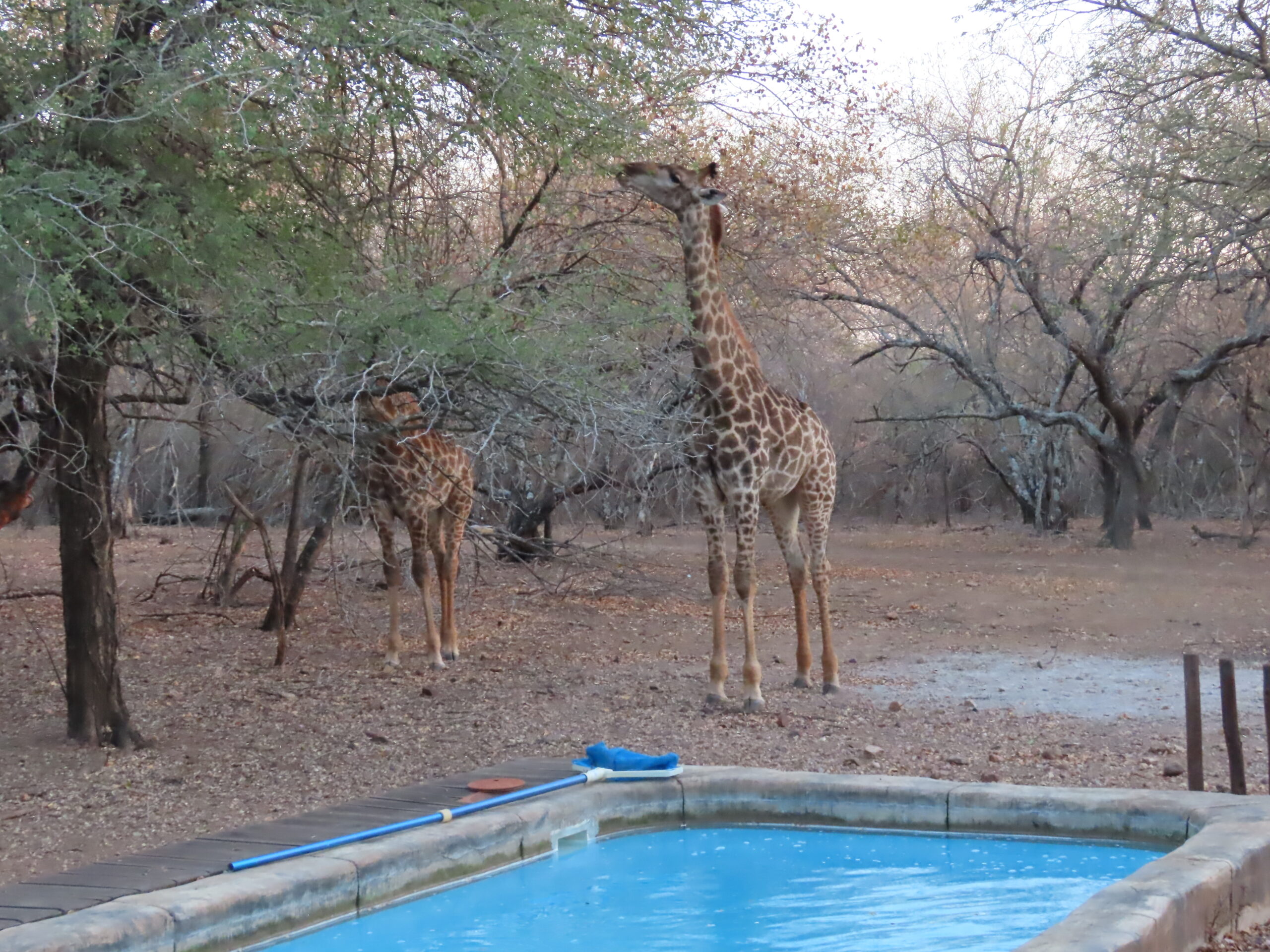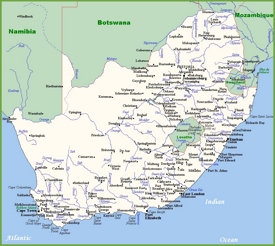
When the owner of the New Zealand alpaca farm suggested we contact her in September to inquire about the property’s availability, she explained that she had received two offers for sale, in the past few days. We knew we’d have to scramble to find a property during the holiday season. Over the past two days, as we continued to settle in here in Barcelona, we began our search.
We’d stayed at the alpaca farm for three months in 2016 and had hoped to rent it again. When Trish explained that the property wouldn’t be available, we were on a mission to find a house in New Zealand for our upcoming stay, from December 13, 2025, when we disembark from the 47-night cruise, to February 12, 2026.
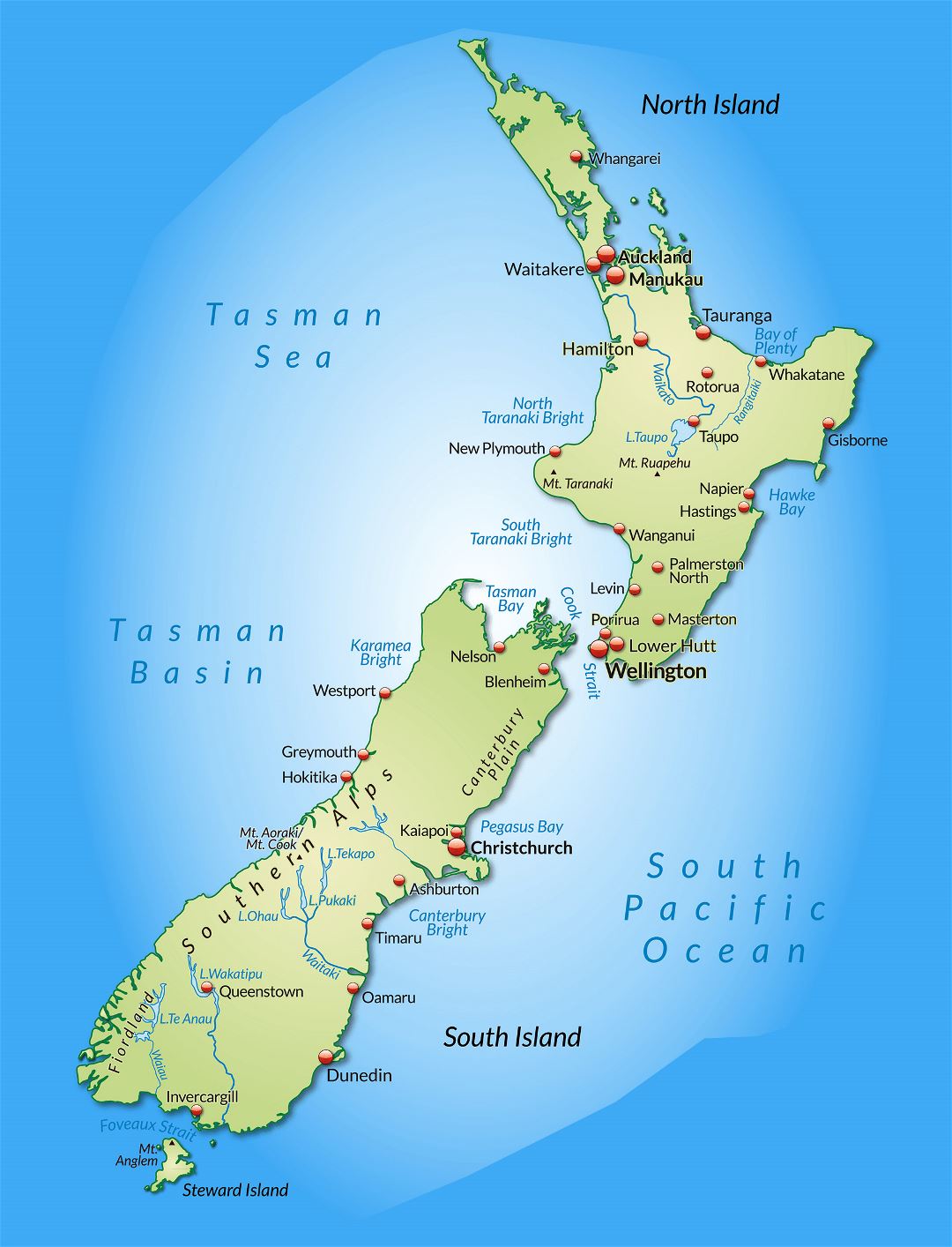
From there, we’ll head to Tasmania to Tom’s favorite place in the world, to the quaint town of Penguin, located on the Bass Strait between the Australian mainland and Tasmania.
We knew single-family houses in New Zealand were expensive, especially during the holiday season. As a result, we spent hours scouring properties on multiple websites, primarily focusing on VRBO, our preferred source.
After considerable time and effort, knowing we had less than three months until we needed to book something, we stumbled across the above newly renovated house, as shown in the photo. We couldn’t be more thrilled to have firmed up the booking this morning.
When we arrive at the property in the town of Kaiwaka, we’ll share more photos and details about the property. The house is a 90-minute drive from Auckland Airport, which is a convenient and scenic route that we’ll certainly enjoy. It’s 34 minutes to the closest supermarket, but we’ll plan to shop every other week.
We love staying in remote areas and realize that we have to drive further to restaurants and shopping. It’s a small sacrifice for the opportunity to live in quaint and charming locations around the world.
After reviewing the map for Kaiwaka, we found plenty of nearby restaurants and pubs. Of course, no pub in the world is as fun as Jabula. But, while we are away from Marloth Park, we’ll savor every experience and location we visit in the upcoming nine months to come, until we return to the bush.
Of those nine months, we’ll be spending 72 nights on cruises. We’ll be boarding on October 27 for the first 47 nights, and then on April 14, 2026, we’ll board another 25-night cruise. What an exciting thought!
Our travel enthusiasm has been restored after a few days of frustration since we left last Sunday. Now settled in and accepting my limitations, we’re making the best of our time in Sant Marti, Barcelona, for the next 38 days.
Be well.
Photo from ten years ago today, September 19, 2015:


